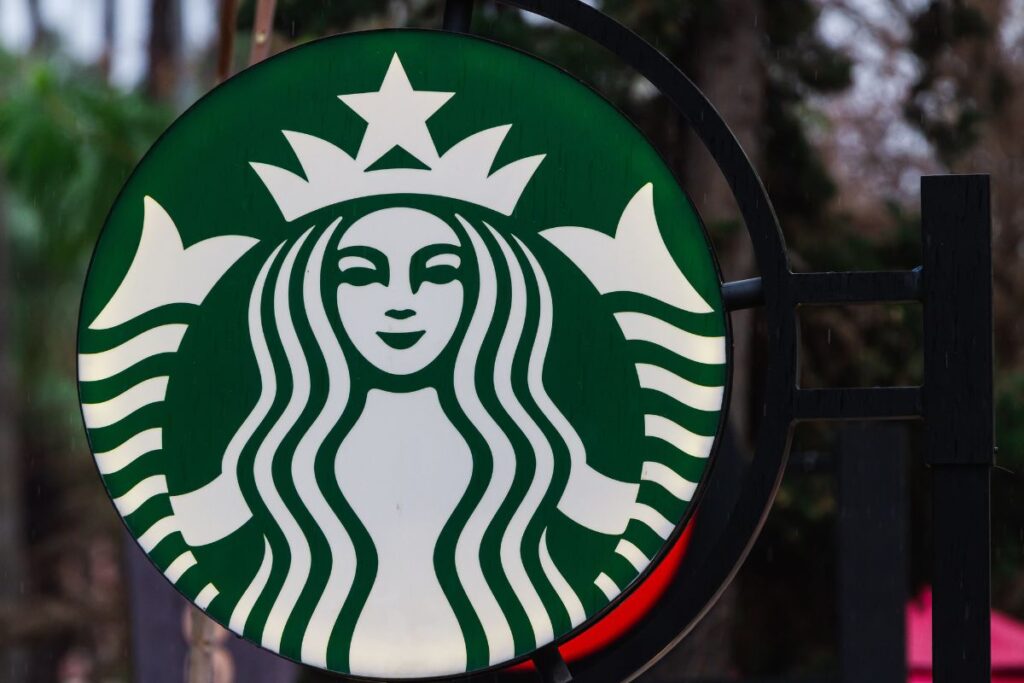In recent years, matcha has taken the world by storm, becoming a staple ingredient in specialized tea shops and mainstream cafés alike. As one of the most iconic coffee chains globally, Starbucks has embraced this trend with open arms, incorporating matcha into various signature beverages. Customers can’t help but wonder: what kind of matcha does Starbucks use? In this article, we delve into the world of matcha that lies behind Starbucks’ green addition to their menu.
Discovering Matcha Powder’s Secrets
Matcha is a vibrant green tea powder made from ground-up whole tea leaves. The traditional form of matcha originates from Japan and is renowned for its numerous health benefits. It stands out due to its rich flavor, unique texture, and vibrant hue. To understand the type of matcha used by Starbucks, let’s explore the different varieties and qualities of matcha powder available on the market.
Grades of Matcha
There are two primary grades of matcha commonly found – ceremonial grade and culinary grade. Ceremonial grade matcha is considered the highest quality of matcha tea, traditionally utilized in Japanese tea ceremonies. This high-quality tea provides a taste profile that showcases a naturally sweet, delicate, and subtle umami flavor. This type of matcha is usually not mixed with other ingredients, such as sugar or milk. Culinary grade matcha, on the other hand, is primarily used in cooking and baking applications as well as creating lattes and smoothies. The culinary grade matcha comes in different sub-grades ranging from premium to classic, including kitchen-grade, café, and ingredient. These sub-grades vary in color, texture, and bitterness. However, they generally offer a stronger, more robust flavor and can be combined with other ingredients without losing their distinctive taste.
Matcha Origins
Although Japan is most known for its matcha production, today, the powder is also produced in countries such as China, Taiwan, and South Korea. The origin of the tea leaves used in creating matcha has a significant influence on its quality, taste, and color. Japanese matcha is usually considered superior due to stringent cultivation methods, ideal climate conditions, and time-honored harvesting and processing techniques. With these factors in mind, let’s consider what makes Starbucks development unique.
Starbucks’ Signature Matcha Blend
Incorporating matcha into their menu since the early 2000s, Starbucks uses a proprietary blend called “Starbucks Matcha Blend”. This blend consists of pure matcha green tea powder sourced from both Japan and China mixed with sugar. Through providing added sweetness, this fusion allows Starbucks to create consistent beverages that cater not only to traditional matcha enthusiasts but also to those who prefer a bit of extra sweetness in their drinks. While details surrounding Starbucks’ exclusive formulation are limited, it is evident that they use a culinary grade matcha powder rather than ceremonial grade. This choice aligns with their requirement for a stronger, bolder taste that can harmonize well with milks, syrups, and additional flavors. Additionally, using culinary grade matcha ensures affordability and practicality for the mass-production of various matcha-infused concoctions.
The Role of Sugar in Starbucks’ Matcha Selection
Integrating sugar directly into their matcha blend is a distinguishing factor for Starbucks, contributing to its recognizable taste profile. For many consumers, this sugary addition enables them to appreciate the earthy and slightly bitter notes of matcha without feeling overwhelmed. However, some die-hard matcha connoisseurs argue that this sugar-enhanced mixture detracts from the true essence of traditional, high-quality matcha. Nevertheless, Starbucks’ clientele enjoys their matcha drinks, and the following popular offerings cater to an array of preferences:
- Iced Matcha Green Tea Latte
- Matcha Green Tea Frappuccino
- Hot Matcha Green Tea Latte
- Green Tea Crème Frappuccino
Starbucks has succeeded in making this distinct green tea flavor accessible and enjoyable for the masses – showcasing their adaptability within the ever-evolving market trends.
A Comparing Niche Café Matcha to Starbucks Blend
In exploring what kind of matcha does Starbucks use, it is crucial to compare their offerings to those found at niche cafés specializing in Japanese teas. Focused establishments often serve beverages made with ceremonial grade matcha, catering to a more discerning palate. This premium quality matcha experience aligns more closely with traditional recipes and flavors, often devoid of additives such as sugar or artificial sweeteners. Another crucial factor to consider is the craftsmanship involved in preparing these beverages—artisanal baristas carefully blend and whisk the matcha to achieve a perfectly frothy and creamy masterpiece. Contrastingly, Starbucks automated and simplified process allows for efficient mass production serving a wider audience at a lower cost. Even though they use culinary grade matcha mixed with sugar, many customers appreciate Starbucks’ approach that enables them to experience unique drinks while savoring a hint of authentic matcha flavor.
Beyond Starbucks: Choosing the Right Matcha for You
Regardless of personal preferences, the world of matcha offers something for everyone. While Starbucks provides a convenient and widely accessible option for those interested in enjoying matcha-based beverages, there is no shortage of other options available on the market. For the matcha purist, selecting ceremonial grade Japanese matcha produced with traditional techniques will likely align more closely with their preferences. Additionally, if you prefer to avoid added sugar, purchasing unsweetened culinary or ceremonial-grade matcha powder allows customizing your drinks with desired sweeteners and ingredients at home. As consumers continue to explore and embrace the world of matcha, its versatility and allure remain undeniable across the spectrum.

